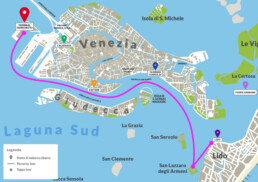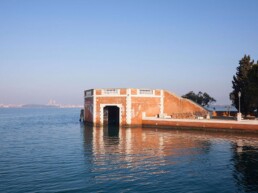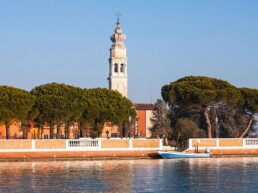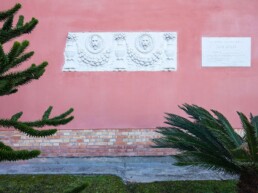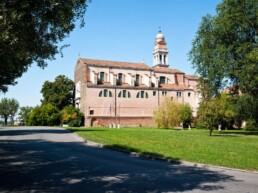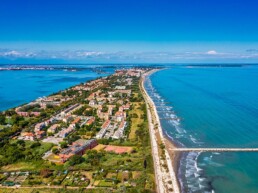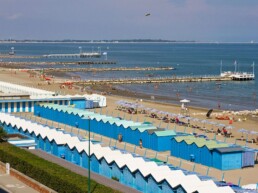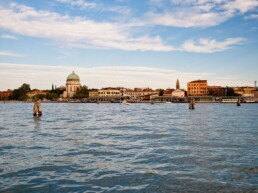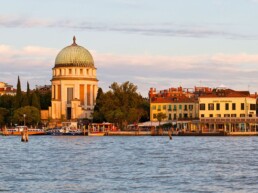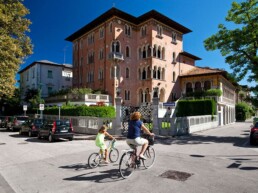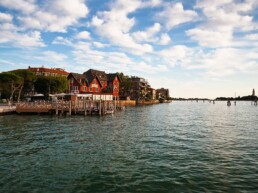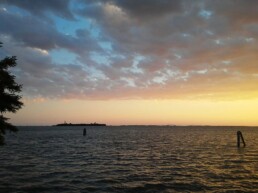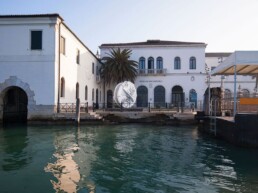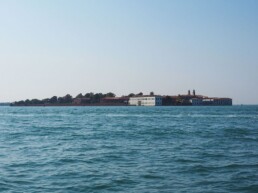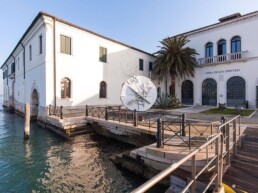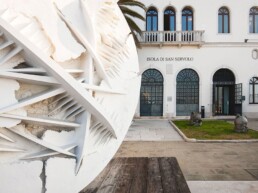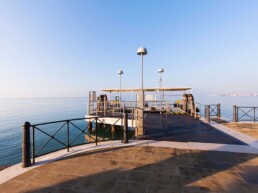San Lazzaro degli Armeni
The effect that the Island of San Lazzaro arouses is that of a place of peace and culture: when you get off the boat you cross a cobbled square, surrounded by multicoloured flowers. A bronze statue of the founder of the order welcomes visitors, inviting them to engage in silent meditation. An iron gate leads to the cloister, consisting of a portico of round arches.
In the second decade of the eighteenth century, a group of Armenian monks landed on the island of San Lazzaro. Venice had a long tradition of exchange with the Armenians, as an essential basis for trade with the East: a testimony of this choice is still visible in calle degli Armeni, located not far from S. Marco. This area represented the centre of the Armenian community and their Venetian community life.
The Monastery
The monastery complex consists of various buildings that belong to different historical periods but are visually homogeneous in their totality. From the classic central cloister, the Novitiate building branches off to the south-east, the printing house to the west, the Professoio to the north-west and the body of the refectory and the magnificent library in the south-east wing. You enter the church through a corridor located in the eastern portico.
Venice Lido
A strip of land that divides the Venetian lagoon from the open sea, the Lido is divided between beaches and tree-lined promenades, lush gardens and architectural structures from various eras and with different functions. The island is divided into the inhabited centres of Lido, San Nicolò, Malamocco and Alberoni.
Once this stretch of land was populated by princes, dukes and knights who idly awaited their fate here, at the time of the liberation of Jerusalem.
Thanks to its natural conformation and its position, the Lido became the natural defensive system of the Venetian lagoon. In addition to having a military purpose, the island also had a rather rural character, and was cultivated with vegetable gardens and orchards. It inspired a sense of tranquility and thus came to provide hospitality to the greatest European writers of the 19th century. The urban and touristic development following the annexation of Venice to the Kingdom of Italy belongs to this period. This led to the creation of large hotels, villas and buildings such as the Hotel Lido, the Hotel Excelsior and the Liberty-style Grand Hotel de Bains.
Following this urban transformation, the Lido became the most elegant seaside destination in Europe.
This is how you find yourself on this island a few minutes from Venice, catapulted into a place where time seems to have stopped, with its bucolic atmosphere and its cosmopolitan character.
San Servolo
The island of San Servolo was the site of a psychiatric hospital until 1978 and has been a university since 1997. In the seventh century it was the site of a monumental complex of Benedictine monks and from the twelfth century it was used by nuns of the same order until 1615.
In 1725 it passed to the Padri Ospedalieri, now Fate Bene Fratelli. The hospital building was built between 1733 – 66 from a design by Giovanni Scalfarotto. In the courtyard there are some remains of the historic Benedictine complex.
The church is attributed to the architect Tommaso Temanza. Inside there are frescoes by Iacopo Marieschi.
Request Information
To book a service or request a quote without any obligation, you can send us an email or fill out the following form.


